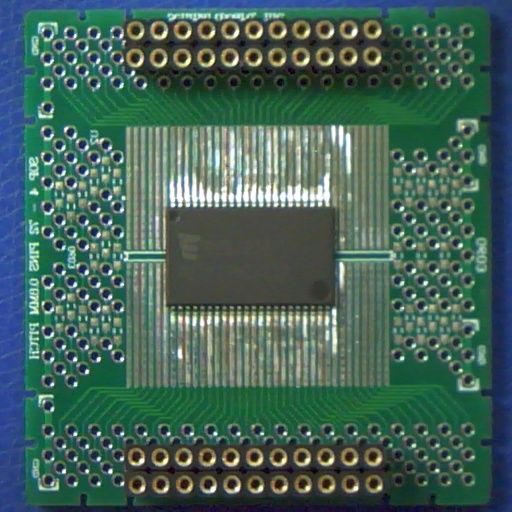- Joined
- Mar 3, 2018
- Messages
- 1,713
Alternative non-volatile memory technologies like MRAM are a hot area of research, and some companies like Everspin are already producing MRAM products for niche use cases. However, a recent report by EE Times claims that Intel is shipping products made on a "22FFL" process with "the first FinFET-based MRAM technology." Intel itself didn't mention anything about their customers, and only describe the process as "production ready." Meanwhile, Samsung and Global Foundries say they introduced MRAM into manufacturing processes of their own. MRAM probably won't show up in consumer desktop products anytime soon, but the fact that it's (allegedly) shipping in some commercial 14nm product, and that competitors are taking an interest in it, is huge step forward.
In addition to being seen as a promising candidate for standalone devices to replace memory chip stalwarts DRAM and NAND flash - which are facing serious scaling challenges as the industry moves to smaller nodes - MRAM, which is a non-volatile memory, is appealing as an embedded technology replacement for flash and embedded SRAM because of its fast read/write times, high endurance, and strong retention... In its paper, Intel said that its embedded MRAM technology achieves 10-year retention at 200 Celsius and endurance of more than 10^6 switching cycles. The technology uses a 216 × 225 mm 1T-1R memory cell. Samsung, meanwhile, described its 8-Mb MRAM with endurance of 10^6 cycles and retention of 10 years.
Update 12/11/2018: Wikichip reports that Intel's 22FFL process is actually a "relaxed" version of their regular 14nm processes. The article was updated accordingly.
In addition to being seen as a promising candidate for standalone devices to replace memory chip stalwarts DRAM and NAND flash - which are facing serious scaling challenges as the industry moves to smaller nodes - MRAM, which is a non-volatile memory, is appealing as an embedded technology replacement for flash and embedded SRAM because of its fast read/write times, high endurance, and strong retention... In its paper, Intel said that its embedded MRAM technology achieves 10-year retention at 200 Celsius and endurance of more than 10^6 switching cycles. The technology uses a 216 × 225 mm 1T-1R memory cell. Samsung, meanwhile, described its 8-Mb MRAM with endurance of 10^6 cycles and retention of 10 years.
Update 12/11/2018: Wikichip reports that Intel's 22FFL process is actually a "relaxed" version of their regular 14nm processes. The article was updated accordingly.
Last edited:
![[H]ard|Forum](/styles/hardforum/xenforo/logo_dark.png)
